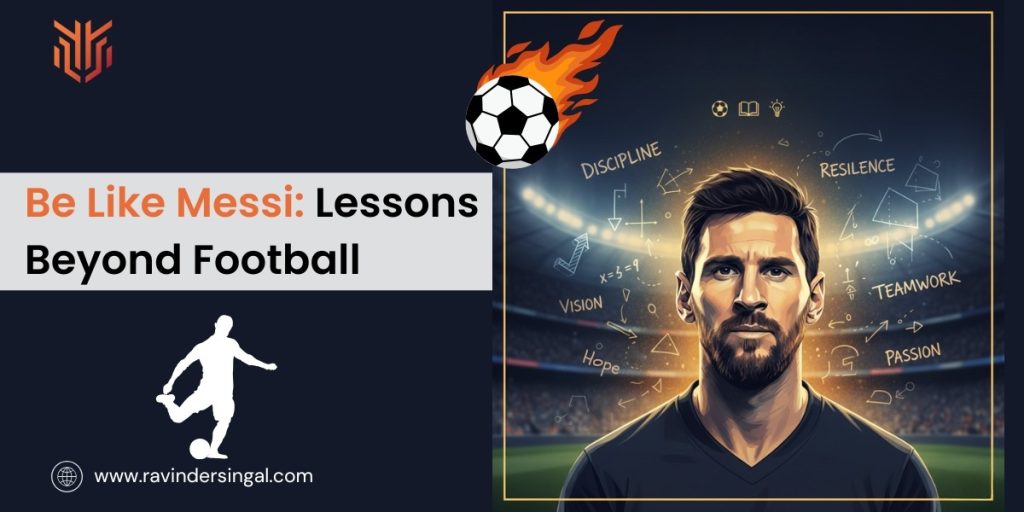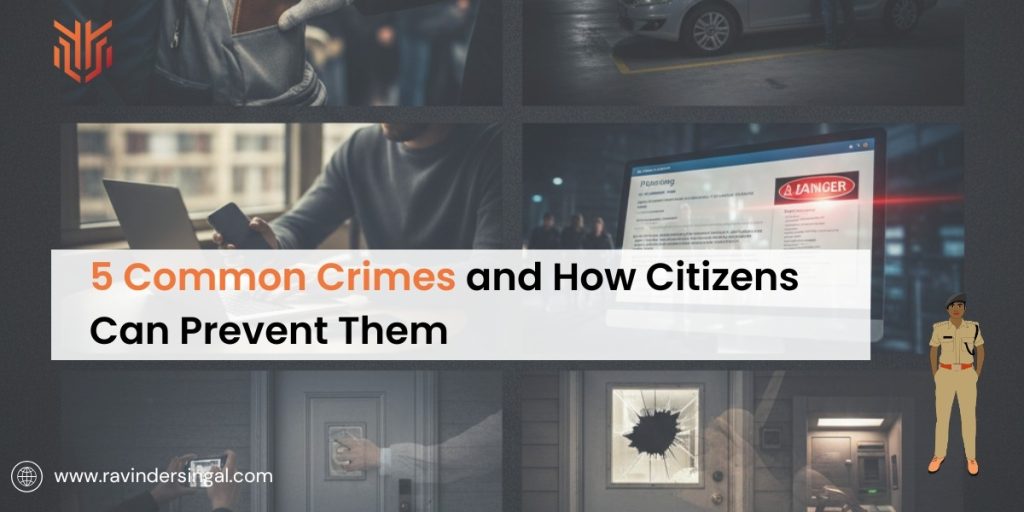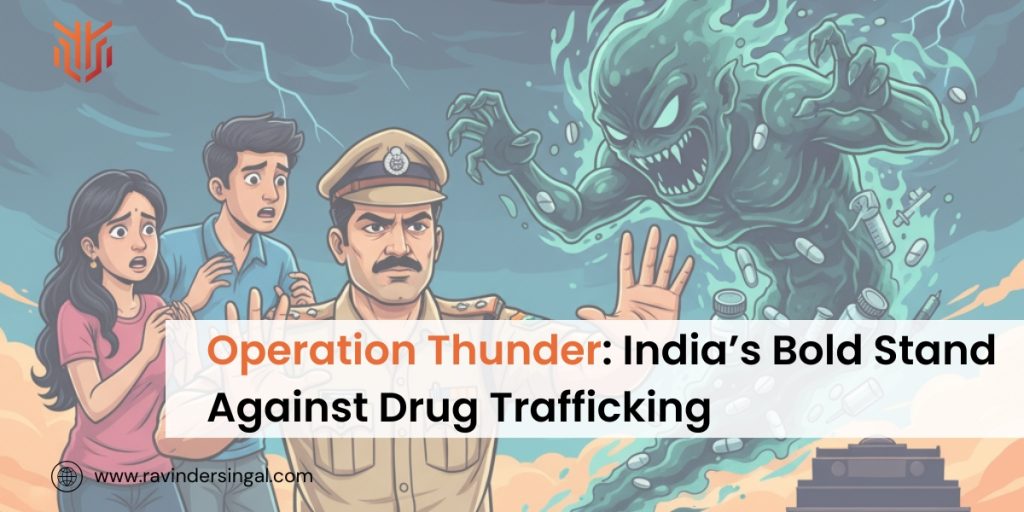A Call to Action: Preventing Drug Addiction Among Youth
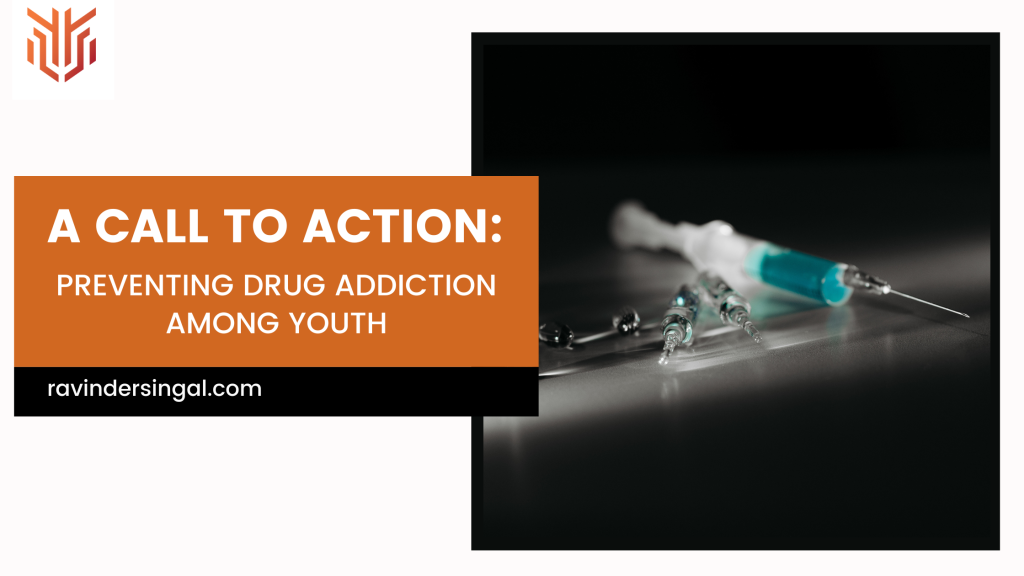
Preventing Drug Addiction Among Youth: One afternoon in my office, a woman arrived, visibly distressed. Unlike my usual visitors, she requested a private meeting, insisting on the urgency of her situation. After attending to others, I invited her into my office. The moment she sat down, tears welled in her eyes. I asked for a glass of water, hoping to offer some small comfort. Once she had collected herself, she began to share her story—a story that was both harrowing and all too common.
“Sir,” she said, her voice trembling, “I have a sixteen-year-old son who has been using drugs for the past two years. He doesn’t listen to me anymore, and sometimes he even becomes violent. I feel completely helpless. Please, help me.”
This was a serious issue—one that no parent should face alone. As she continued, she revealed the source of her son’s drugs, a revelation that required immediate action. After assuring her that we would do everything in our power to help, she left, leaving me with a growing concern. As the Commissioner of Police, I see this problem escalating not just locally, but globally. Drug addiction among youth is an issue that demands the urgent attention of all of us, as a community and as a society.
This article explores the critical aspects of preventing drug addiction among youth, emphasizing the need for education, community involvement, and proactive measures to protect our young people from the dangers of substance abuse.
The Importance of Preventing Drug Addiction
Preventing drug addiction is not just important; it’s imperative. The consequences of drug abuse can be devastating, affecting every aspect of an individual’s life. Physically, drug addiction can lead to severe health issues, including organ damage, mental disorders, and even death. The psychological toll is equally severe, often leading to depression, anxiety, and other mental health challenges. Socially and economically, addiction can destroy relationships, cause job loss, and result in financial instability.
For youth, the stakes are even higher. The adolescent brain is still developing, making it more susceptible to the harmful effects of drugs. Early exposure can disrupt this critical development, increasing the likelihood of long-term addiction and associated cognitive and emotional impairments. By preventing drug use in young people, we can help them avoid these life-altering consequences and set them on a path to a healthier, more productive future.
The Slippery Slope of Drug Use
At the heart of every young person is a desire for acceptance and belonging—a quest that can sometimes lead them down dangerous paths. Peer pressure, curiosity, and the desire to fit in can drive some youth toward experimenting with drugs. What begins as seemingly harmless—perhaps a cigarette, a drag on a hookah, or a vape—can quickly spiral into a full-blown addiction.
The progression from experimentation to addiction is often subtle but swift. Many young people start with substances like tobacco or alcohol and, seeking a stronger high, turn to more potent drugs. Unfortunately, there are always those ready to exploit this vulnerability—dealers who target school-aged children, knowing they are easy prey.
Recognizing this threat, our society has taken steps to protect our youth. For instance, government regulations now prohibit the sale of tobacco products within 100 yards of schools, a small but significant measure aimed at reducing the availability of these harmful substances to young people.
Understanding the Effects of Drug Abuse

Understanding the effects of drug abuse is crucial in our efforts to prevent it. Drugs can profoundly impact the developing brains of young people, leading to cognitive impairments, emotional instability, and an increased risk of mental health issues. For example, the misuse of medications like anti inflammatory drugs or antidepressants can worsen existing conditions rather than provide relief. This underscores the importance of educating youth about the dangers of using substances without proper medical guidance.
Early exposure to drugs can set the stage for a lifetime of struggles, making it essential for parents, educators, and communities to collaborate in prevention efforts. Substance abuse during adolescence can lead to a cycle of addiction that is difficult to break, underscoring the need for early intervention and ongoing support.
Strategies for Preventing Drug Addiction
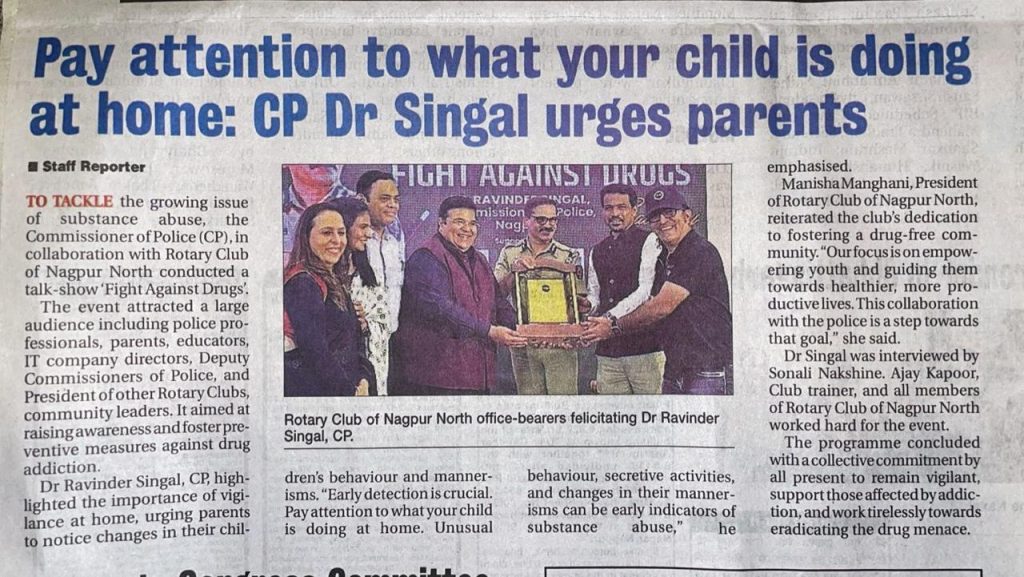
1. Educate Youth About the Dangers of Drug Abuse
One of the most effective ways to prevent drug addiction among youth is through education. This involves teaching young people about the short- and long-term effects of drug use on their physical and mental health, as well as the legal consequences. By providing accurate information, we empower youth to make informed decisions and avoid the pitfalls of drug use.
2. Foster Strong Family Relationships
Strong family bonds can serve as a powerful deterrent to drug use. Parents and guardians can help prevent addiction by maintaining open communication with their children, setting clear boundaries, and creating a supportive and nurturing home environment. Engaging in family activities that promote healthy relationships and stress management—such as outings, sports, or family counseling—can also help youth resist peer pressure and the temptation to use drugs.
3. Encourage Positive Peer Relationships
Peers play a significant role in a young person’s life, often influencing their choices. Encouraging youth to form positive friendships and participate in healthy activities like sports, clubs, or volunteer work can help them avoid the negative influences that lead to drug use. Programs that focus on youth empowerment can also build resilience against peer pressure and other challenges.
4. Provide Access to Mental Health Resources
Mental health challenges, such as depression and anxiety, can increase the risk of drug addiction. Ensuring that youth have access to mental health resources, including counseling, support groups, or appropriate medication, can help them manage these challenges in healthy ways. It’s crucial to educate young people on the role of medications like antidepressants, emphasizing their proper use under medical supervision to prevent misuse and addiction.
5. Implement Evidence-Based Prevention Programs
Prevention programs that address multiple risk factors for drug addiction can be highly effective. These might include school-based curricula, community initiatives, or family-focused interventions. By implementing such programs, we can take a comprehensive approach to prevention that addresses the unique needs and challenges faced by today’s youth.
6. Advocate for Policies That Support Drug Prevention
Advocacy is another critical component of drug prevention. Supporting legislation that restricts access to drugs, increases funding for prevention programs, or provides resources for treatment and recovery can create a safer environment for our youth. By advocating for these policies, we send a clear message that drug addiction is a serious issue that requires a collective, coordinated response.
The Role of Youth in Preventing Drug Abuse
Youth themselves play a crucial role in preventing drug abuse. By taking a stand against drug use and promoting healthy behaviors, young people can help create a culture of wellness and support among their peers. This can be achieved by:
- Participating in peer education programs that highlight the dangers of drug abuse and its impact on youth.
- Engaging in community service projects that promote drug-free lifestyles.
- Supporting friends who are struggling with addiction and encouraging them to seek help.
- Advocating for policies and programs that support drug prevention and youth empowerment.
By empowering youth to take an active role in these efforts, we can foster a more resilient and supportive community that helps young people thrive.
Conclusion
Preventing drug addiction among youth is not just an individual responsibility—it’s a societal one. Through education, strong family and peer relationships, access to mental health resources, evidence-based prevention programs, and supportive policies, we can protect our youth from the devastating effects of drug addiction. It’s up to all of us to prioritize the well-being of our young people and take action to prevent addiction before it starts. Even for those who have fallen into addiction, there is hope. Recovery is possible, and with the right support—from doctors, de-addiction programs, and mental health professionals—many have overcome their addictions and gone on to lead healthy, fulfilling lives.
Together, we can build a healthier, drug-free future for the next generation.
For the Latest information visit our YouTube Channel — Dr. Ravinder Singal
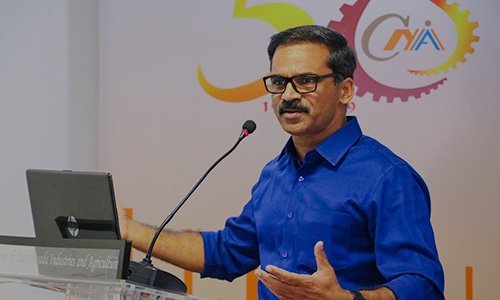
Quitters Don’t Win and Winners Don’t Quit.
Ironman | Deccan Cliffhanger | Comrade Legend Finisher | Motivational Speaker | Writer | Endurance Athlete



